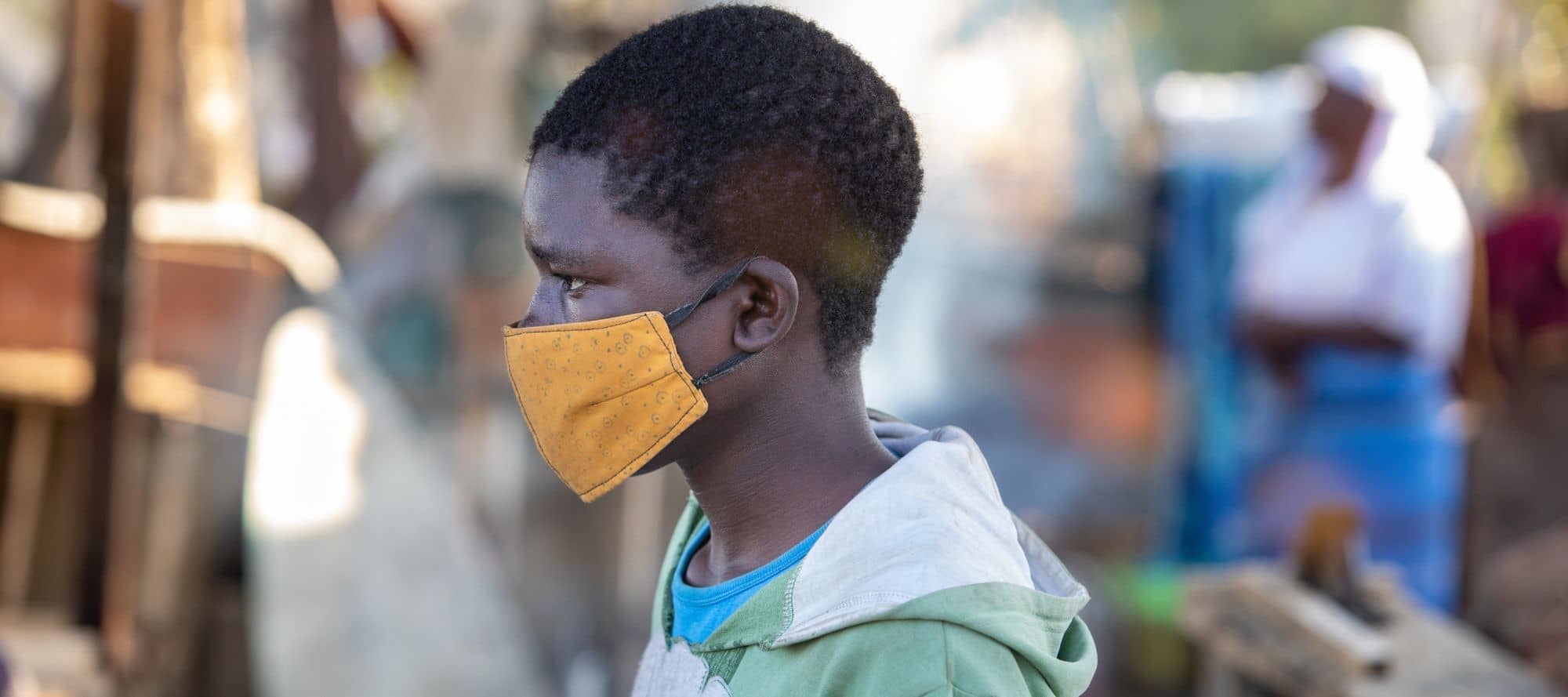- Developmental Impairment in Children Exposed During Pregnancy to Maternal SARS-COV2: A Brazilian Cohort Study
Was published in the International Journal of Infectious Diseases. Results published in the International Journal of Infectious Diseases of a prospective cohort of babies exposed to SARS-CoV-2 during pregnancy, and a control group of unexposed babies in a low-income area in Brazil. Children's neurodevelopment was assessed. They followed 127 children for one year, 69 in the COVID-19-exposed Group (EG), and 68 in the control group (CG). All mothers were unvaccinated at the time of cohort inclusion and maternal demographics were similar in the two groups. 20.3% of EG children and 5.9% of the CG received a diagnosis of neurodevelopmental delay within 12 months of life (p=0.013, RR= 3.44; 95% CI, 1.19- 9.95). For the exposed group, the prevalence of neurodevelopment impairment using ASQ-3 was 35.7% at 4 months, 7% at 6 months, and 32.1% at 12 months.
- Vagus Nerve Dysfunction in the Post-COVID-19 Condition: A Pilot Cross-Sectional Study
The authors evaluated the structure and function of the vagus nerve and evaluated the structure and function of respiratory muscles in a cross-sectional pilot study in subjects with PCC with symptoms suggesting vagus nerve dysfunction (n=30) and compared to subjects fully recovered from acute COVID-19 (n=14) and individuals never infected (n=16). Participants were mostly women (24/30, 80%), the median age was 44 years [interquartile range (IQR) 35-51 years]. Their most prevalent symptoms were cognitive dysfunction 25/30 (83%), dyspnea 24/30 (80%) and tachycardia 24/30 (80%). Compared with COVID-19-recovered and uninfected controls, respectively, subjects with PCC were more likely to show thickening and hyperechogenic vagus nerve in neck ultrasounds, reduced esophageal-gastric-intestinal peristalsis, gastroesophageal reflux), and hiatal hernia. Subjects with PCC showed flattening hemidiaphragms, and reductions in maximum inspiratory pressure, indicating respiratory muscle weakness. - Humoral Immunity to an Endemic Coronavirus is Associated with Post Acute Sequelae of COVID-19 in Individuals with Rheumatic Diseases
The authors performed comprehensive antibody profiling against SARS-CoV-2, a panel of endemic pathogens, and a panel of routine vaccine antigens in two cohorts of patients with preexisting systemic autoimmune rheumatic disease (SARD) who either developed or did not develop PASC. A distinct qualitative shift observed in Fcγ receptor (FcγR) binding was observed in individuals with PASC. Specifically, individuals with PASC harbored weaker FcγR-binding anti–SARS-CoV-2 antibodies and stronger FcγR-binding antibody responses against the endemic coronavirus OC43. Individuals with PASC developed an OC43 S2-specific antibody response with stronger FcγR binding, linked to cross-reactivity across SARS-CoV-2 and common coronaviruses. These findings identify previous coronavirus imprinting as a potential marker for the development of PASC in individuals with SARDs. - Incidence and Burden of Long COVID in Africa: A Systematic Review and Meta-analysis
These are the results from a meta-analysis that looked at the long-term COVID-19 effects in the WHO African Region. They performed a systematic search in several databases and included observational studies from African countries reporting the cumulative incidence of Long COVID signs and symptoms. Only studies conducted in African countries were included. Several sensitivity and meta-regression analyses were performed. Among 1547 papers initially screened, 25 were included, consisting of 29,213 participants. They estimate the incidence of any Long COVID symptomatology and find that psychiatric conditions were the most frequent, particularly post-traumatic stress disorder. Higher age (p = 0.027) and hospitalization (p = 0.05) were associated with a higher frequency of Long COVID. They suggest that Long COVID poses a significant burden in Africa, particularly concerning psychiatric conditions.
Situation Dashboards

World Health Organization (WHO)
Novel Coronavirus (COVID-19) Situation from World Health Organization (WHO)

Johns Hopkins University (JHU)
Coronavirus COVID-19 Global Cases by the Center for Systems Science and Engineering (CSSE) at JHU

COVID-19 in US and Canada
1Point3Acres Real-Time Coronavirus (COVID-19) Updates in US and Canada with Credible Sources

Genomic Epidemiology COVID-19
Genomic Epidemiology of (COVID-19) Maintained by the Nextstrain team, enabled by data from GISAID.





